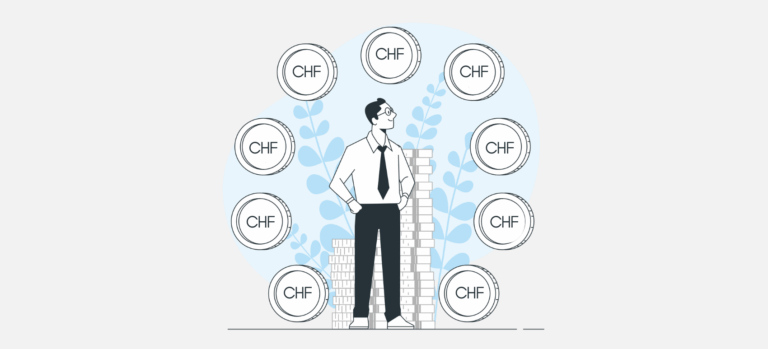Couple's AHV pension: what's changing?
The maximum AHV pension for a couple in 2025 is:
- CHF 3,780 / month, or CHF 45,360 / year
The total amount of the two annuities cannot exceed 150 % of the maximum individual pension, i.e. CHF 3,780 per month. At the time of calculation, income earned during the full years of marriage is divided to balance the entitlements of each spouse.
This mechanism, intended to reflect the solidarity of the couple, can lead to a reduction if the total exceeds the legal ceiling. Cohabitants are not affected by the AHV ceiling.
How is a couple's AHV pension calculated?
Income splitting
All income subject to AVS and earned during the full years of marriage is added together and then divided by two. Each spouse is thus credited with half of the couple’s income in their individual AVS account. Income earned before the marriage or after a divorce/death is not shared. This mechanism is designed to distribute pension rights fairly between the two partners.
Application of the ceiling for couples
Once the individual pensions have been calculated on the basis of the splitting-corrected AHV accounts, the sum of the two pensions is compared with the legal ceiling: 150 % of the maximum individual pension, i.e. CHF 3,780 per month in 2025. If the total exceeds this ceiling, both pensions are reduced proportionally until the authorized limit is reached.
How to increase a couple's AVS pension?
1. Avoid contribution gaps
Each missing year in your AHV history reduces your pension proportionally. It is possible to make up to 5 years behind schedule by pouring retroactively missing contributions.
2. Continue working after the reference age
Working beyond age 65 (AHV reference age) means you can continue to contribute. Earnings above the annual deductible (CHF 16,800) can improve average earnings and thus boost pensions, especially if they replace weaker years.
The annuity can increase the monthly amount of 5.2 % to 31.5 % depending on the duration of the deferral. Joint planning can allow one spouse to increase his or her pension before reaching the couple's maximum.
3. Check your individual AHV account
How to fill the gaps in the 1st pillar?
Gaps in contributions to the 1st pillar result in a proportional reduction in the retirement pension. While these missing years cannot always be made up, it is possible to mitigate the effects by strengthening the other levels of pension provision.
Strengthen your 2nd pillar (BVG)
The second pillar, funded by employee and employer contributions, supplements the AVS pension to maintain a retirement income of around 60% of the last salary. In the event of an interrupted career or lower earnings during certain periods, it is possible to make voluntary buy-ins to one’s pension fund. These buy-ins directly increase the retirement savings capital and, therefore, the future pension or lump sum at retirement, while also being tax-deductible. The earlier they are made, the greater the effect of compound interest.
Make the most of Pillar 3 A
The pillar 3a (tied) is particularly attractive for optimising retirement while reducing taxes. Annual contributions are deductible from taxable income up to the legal limit (CHF 7,258 in 2025 for employees affiliated to a pension fund, CHF 36,288 for self-employed individuals without a second pillar). This capital, locked until retirement or under certain special conditions (property purchase, permanent departure from Switzerland, self-employment, etc.), serves to complement AVS and pension fund benefits.
Consider the 3rd pillar B
Pillar 3b (unrestricted) offers greater flexibility, as there are no contribution limits or withdrawal restrictions. It does not benefit from the same tax advantages as 3a, but some cantons (such as Geneva and Fribourg) allow contributions to be deducted up to a certain limit.
It allows you to invest or save through solutions tailored to your profile (life insurance, savings accounts, life annuities, financial investments). Used strategically, it can serve as an essential complement to offset a reduced AVS pension caused by years of missing contributions.
Conclusion
Preparing for retirement as a couple is more than just waiting for the legal retirement age: it involves planning and optimization. Understanding the rules for calculating AHV pensions and their implications helps you to anticipate possible reductions, while strategic use of the 2nd and 3rd pillars offers effective levers for preserving your standard of living. The earlier you start thinking about retirement, the more leeway you'll have to build a balanced and secure retirement.





